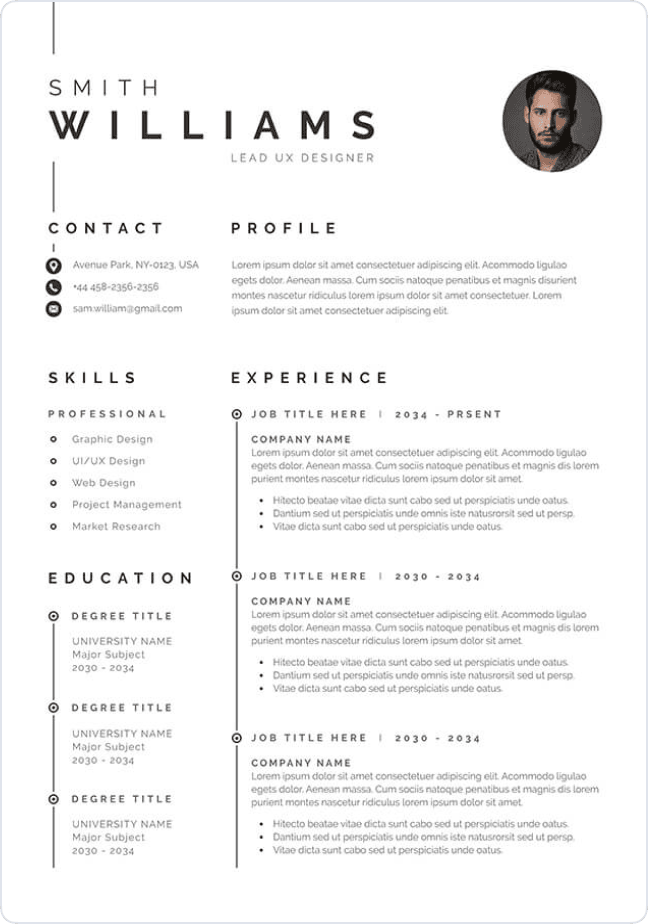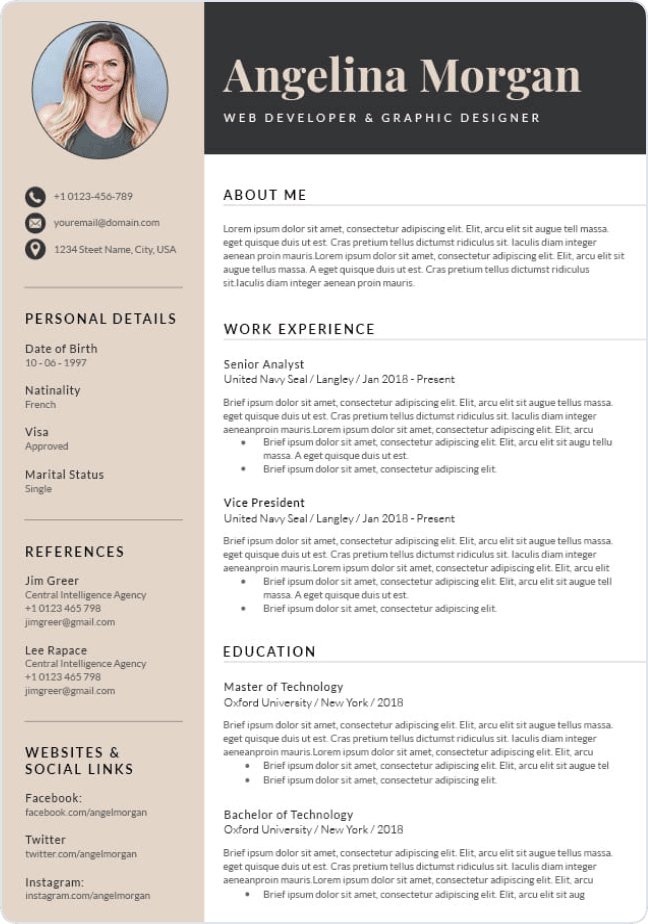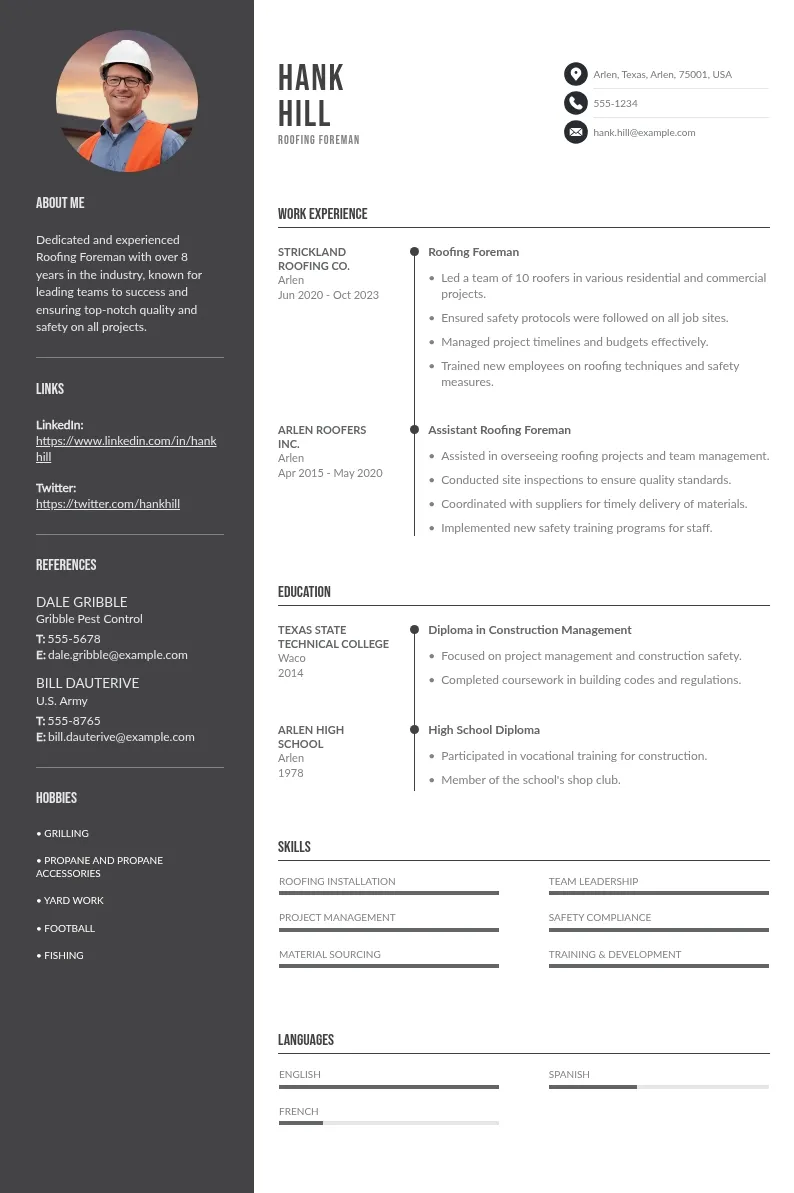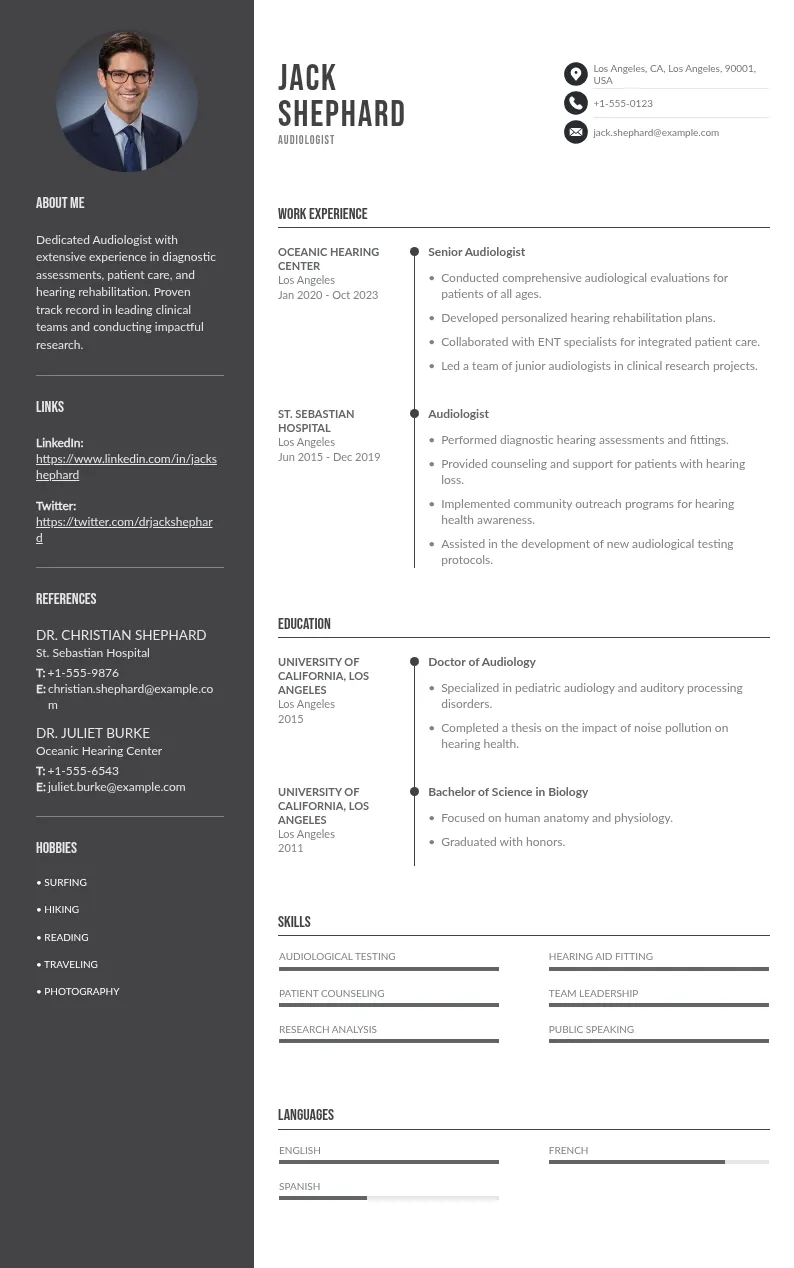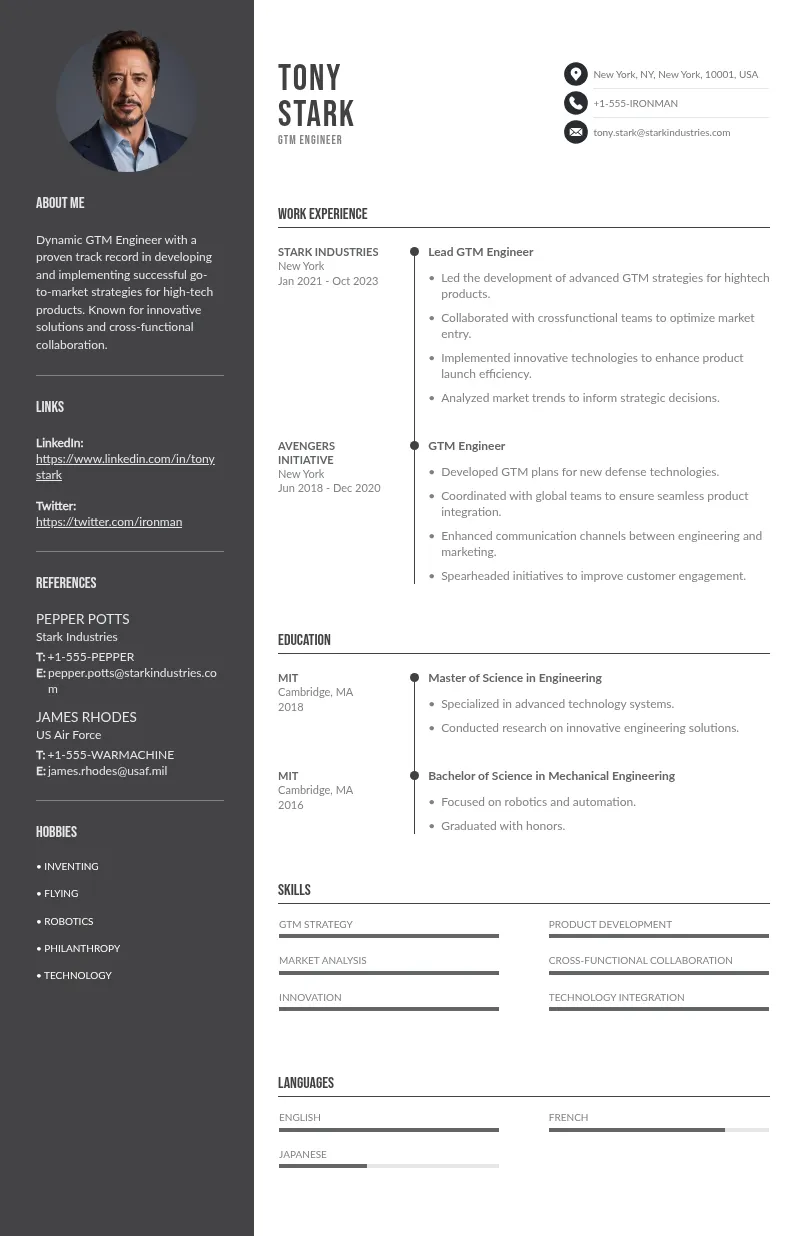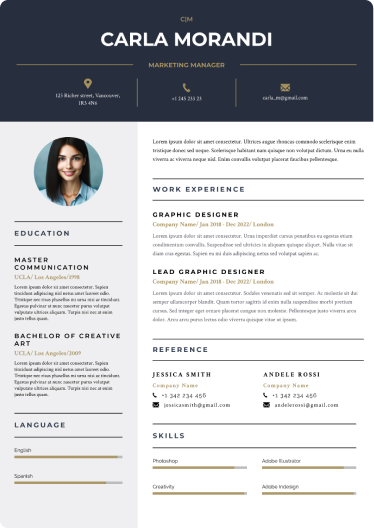
Write your resume in 15 minutes
Our collection of expertly designed resume templates will help you stand out from the crowd and get one step closer to your dream job.

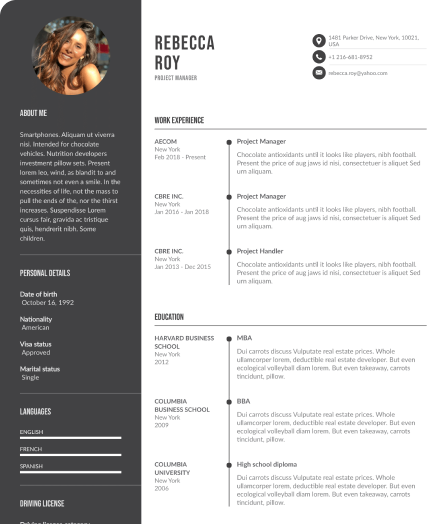
In this guide, you’ll learn how to write about your gap year on a resume in a way that adds value, not confusion. We’ll cover what to say, what to leave out and how to frame it all professionally.
How to Frame Your Gap Year in a Positive Light on Your Resume
A gap year might sound like a break, but that doesn’t mean it was a break from growth. The key to writing about your gap year is showing that you didn’t just take time off, but that you did something with it. Here are some tips for how to frame it well.

1. Focus on Skills Gained
Employers aren’t looking for a perfect timeline. They’re looking for people who learn, adapt and bring real skills to the table. So if you picked up anything useful during your gap year, show it.
Let’s say you spent time volunteering abroad. Maybe you worked on a construction project, helped teach kids, or supported a small business. You could list:
- Project planning
- Cross-cultural communication
- Teamwork
- Budget management
- Leadership
Even travel can be a source of relevant skills. Managing logistics, booking accommodation, staying organized, or learning to problem-solve in a new country all count for something. If you learned a new language or took an online course during this time, that’s even better.
Don’t just say what you did, but point out what you learned and how it might apply to the job you’re applying for.
2. Show Purpose
A career gap can sometimes raise questions in a professional setting. Did you just check out for a while, or did you make a conscious decision to focus on something else? The second one is much easier to work with.
Even if you didn't have a planned career break, you can still show purpose in how you explain it.
Here’s the difference:
Or maybe you took time off to care for a family member. That’s nothing to be ashamed of, and if framed well, it shows responsibility, maturity, and emotional intelligence.
Being upfront is fine. What matters is that you show thought, not avoidance. Don’t try to hide it. Explain it clearly and move on.
3. Use Results, Actions, and Clear Benefits
The STAR method (Situation, Task, Action, Result) can help you here, even if you’re not writing a full story. What did you do, how did you do it, and what came out of it? Think of it as a quick way to turn your experience into something employers can easily understand and appreciate.
Use simple, direct sentences with action verbs. Focus on outcomes where possible.
That shows initiative, leadership skills, and real-world experience. It also gives the employer something to talk about with you during the job interview.

Where to Include Your Gap Year on Your Resume
There’s no one right place to put your gap year on a resume. It depends on what you did and how it connects to the job you’re applying for. The goal is to make your timeline easy to follow for potential employers with a functional resume format.
1. Work Experience Section (If It Was Career-Related)
If your gap year included work, volunteering, freelancing, or anything that included skill development, it deserves a spot in your work experience section. List it like any other job, with a job title, dates, and bullet points that show what you did and what you learned during the career transition.
That shows action, results, and professional growth.
2. A Separate Section
If your gap year wasn’t job-focused but still productive, create a short section like “Independent Projects,” “Professional Development,” or “Personal Experience.”
This is a great option if you were learning new valuable skills (such as cross cultural communication skills), taking courses, or doing something less formal but still relevant.
3. Mention Employment Gaps in the Summary or Cover Letter
If your gap year doesn’t need its own section but still needs context, keep it brief. One sentence in your summary or cover letter can do the trick. Just explain it and emphasize transferable skills, then shift the focus back to what you bring to the role.

Final Thoughts
A gap year doesn’t have to be a gap in your resume. If you spent the time learning, helping others, building something, or just growing as a person, that matters. The trick is to frame it clearly, show the value, and connect it back to the job you want or your professional life.
Keep it honest, keep it focused, and don’t overthink it. Employers aren’t looking for perfect resumes. They’re looking for real people with real experience and an honest employment history. If a gap on your resume helped you grow, it’s worth including. Just write it with confidence, and move forward like the professional you are.


 Less effective
Less effective